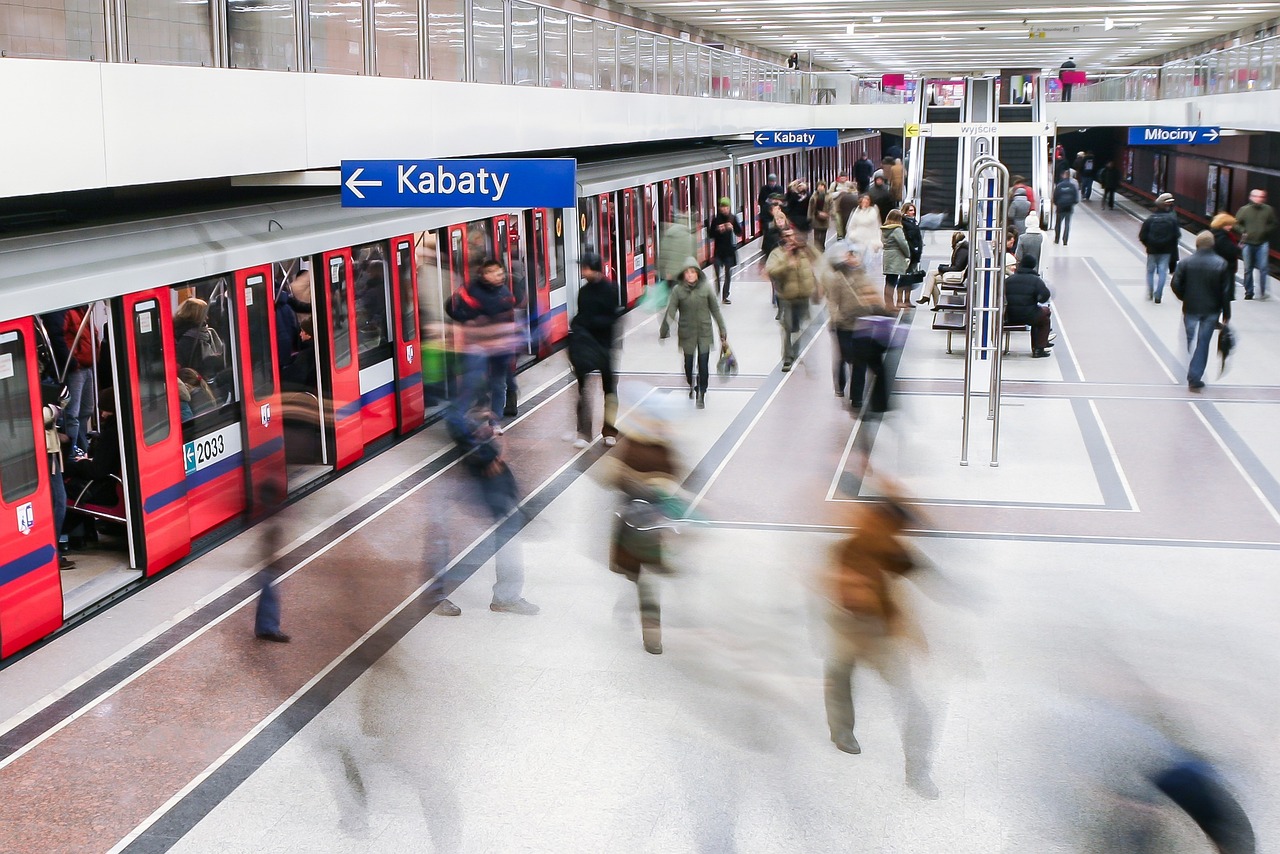September 22 was World Car Free Day. Each year, drivers in various cities around the world were encouraged to take other means of transport for the day, highlighting the environmental and health impacts of fewer cars on the roads.
According to The Bogota Post, the Colombian capital of Bogota actually has two no-car days or ‘Días sin Carro y Moto’ a year, when private cars are banned in much of the city. Its first car-free day was back in 2000 and was supported through a public referendum. Taxis, school buses, emergency vehicles and those belonging to key workers including doctors are among those exempt from the rule.
To mark the day, we’re taking a look at some stats on one of the alternatives to car use: public transport. The following chart uses Statista’s Consumer Insights survey data to show public transport usage in a selection of countries. South Koreans reported the highest usage levels among the surveyed commuters at 41 percent, followed by Poland at 39 percent and Austria at 34 percent. The United States was at the other end of the spectrum, with only 13 percent of respondents saying the same.
All of these figures were dwarfed by the share of respondents who said they used their own car to get to work, with most countries observing car usage among commuters at around the 60 percent mark. The U.S. was even higher, with 73 percent of respondents saying they used a car to commute, while in Japan the gap was far narrower, with 41 percent saying they used a car versus 30 percent who used public transport.
You will find more infographics at Statista
Ask me anything
Explore related questions






